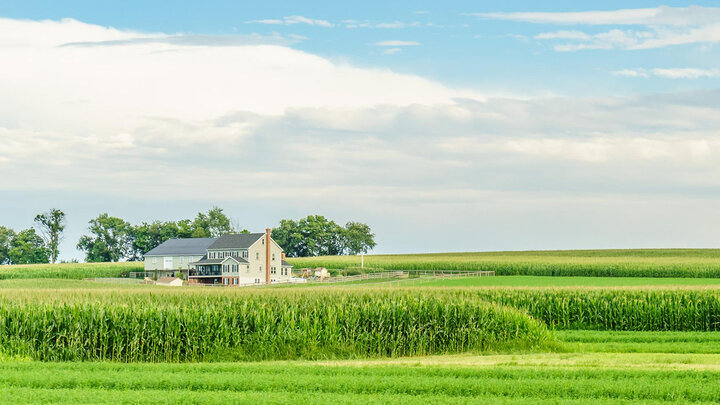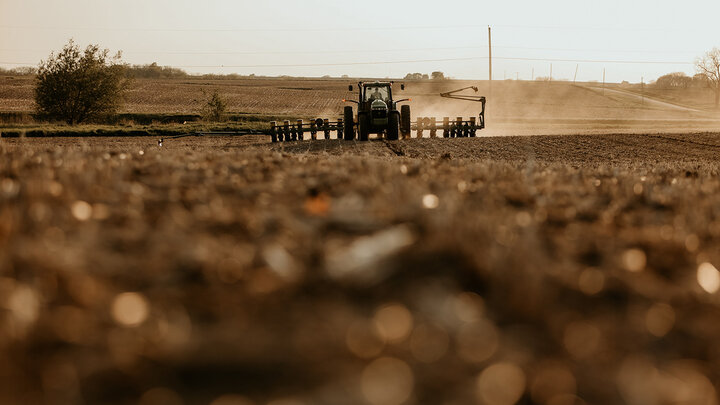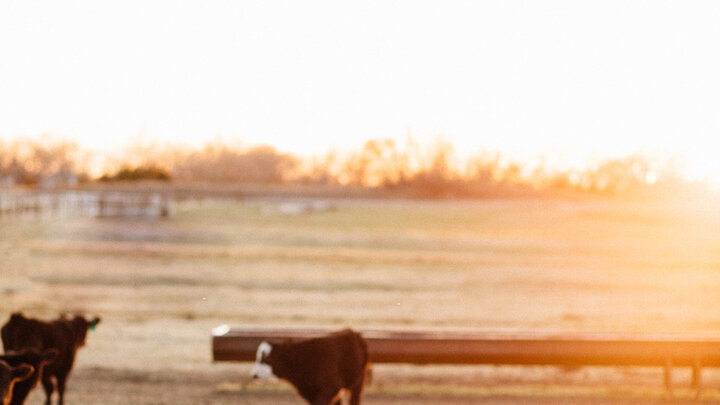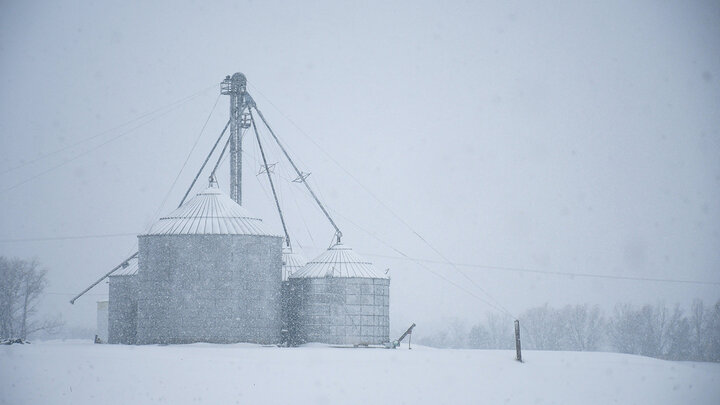What should be the rental rate for my land? (How do I calculate an equitable rental rate?)
Land rent can be based on several things, such as rental rates of the local area, percentage return on investment, survey data showing rental rates, percent of gross income, and many others. The recommendation is to calculate the estimated rental rate based on three or four of these factors and then decide.
The local rental rate can be obtained from an agricultural loan officer at your local bank, by agricultural real estate professionals or from professional farm managers.
To calculate a percentage of return on investment, multiply the value of the land by the percentage of return that you’d like to receive. Be sure to factor in expenses such as land taxes when making this calculation.
Both the National Agricultural Statistics Service (NASS) and the University of Nebraska–Lincoln have land value surveys that are released each year. The university survey preliminary data is released in March with final data released in the summer. The NASS survey is collected every two years. The final data is usually released in early September on the odd numbered years.
The percent of gross income is calculated by taking the average yield of the commodity grown multiplied by the expected price for that commodity, which equals the gross income per acre. The landlord would typically receive about 30% of the gross income calculation; however, the number will change based on yield and price. The percentage should represent an average across five or more years.
The bottom line on rental rate is that it will be what the renter agrees to pay, and the landlord agrees to accept. Pricing is based on supply and demand of available rental land in the area. There is no right or wrong definitive rental price. The final rent is simply an agreement between the parties involved. Typically, this constitutes a fair and equitable trade price for the use of the land
On the university’s lease survey data, I see a range of cash rents listed. What rate should I use?
The range of numbers represent the top one-third of the land, the average, and the bottom one-third of the land. The top one-third and the bottom one-third refer to productivity. Meaning, the person who responded to the survey reported what the cash rent would be for the best productivity land, worst productivity land and what they perceived to be the average land. Don’t automatically assume that you have the best land, or even necessarily average land. If you are a first-time landowner, consider having an appraisal done to determine the value and productivity of the land. If you know neighbors in the area, ask them to be honest with you to determine the value or productivity. Yield data from year to year will let you know what the average productivity is.
On the university’s lease survey data, I know that there are cash rents higher than what is listed in the high one-third quality land. How does this happen?
The number reported for the top-third quality represents the estimated top-third average of cash rents reported by survey responses. To compute this number, survey responses were averaged to create the high third quality estimate meaning there may be numbers higher or lower than the number reported.
Is a crop share lease still a valid leasing method?
Yes, it is still a valid method for leasing farmland. It is probably the fairest lease that you can have. In periods of commodity price stability, the cash lease gained popularity because the landlords didn’t like to have to pay for their part of the expenses and most didn’t care to have to market their share of the crop. A crop share lease indicates your willingness to share in the production risk of farming. Crop share leases are considered to be very equitable because they share the production risk between landlord and tenant. Cash leases put all the risk of production solely on the tenant.
What is the most common share lease used?
There is no share lease that is more or less correct or appropriate for one situation or another. The distribution of the share (50/50, 60/40, 70/30 etc.) depends largely on the agreement between the landlord and the tenant. In some cases, the agreed-upon distribution in the lease is 60% tenant and 40% landlord. Typically, most expenses are also shared. Your final distribution will depend on your expectations and the agreement with the tenant. For more information on share leases, please see http://agecon.unl.edu/realestate.
Who pays for repairs on the irrigation equipment?
In a typical farmland lease, the irrigation equipment is owned by the landlord. If that is true, then the labor and the costs of repairs are also the landlord’s expense. However, it has been discovered that this is enforced neighborhood by neighborhood. Meaning that, in some areas of the state, the tenant supplies the labor for pivot repair while the landlord covers repair parts costs. In other areas, the tenant provides labor and the first $500 or $1000 of repairs with the landlord covering the major repairs. Depending on the tenant’s contribution, the lease can be adjusted to reflect this expense paid by the tenant for the landlord.
There are neighborhoods where the tenant provides the power unit (engine) for the pump. The rent should reflect that change and be adjusted (lower), as appropriate for the age of the unit. The tenant contribution to the pivot is negotiable between the tenant and the landlord. The five expenses that have to be accounted for are the ownership costs which include depreciation, interest, taxes, insurance and repairs.
What about grain bins? Are they included in the lease?
Grain storage facilities are included with some farmland leases and excluded in others. For appropriate understanding of how the asset is to be managed (both by the tenant and landlord), a separate lease for the asset should be drawn up. A University of Nebraska survey indicates that grain storage is included with the lease of the farmland in 31% of the leases. On the other hand, renting grain storage for an additional charge occurs in 40% of the leases.
It is recommended that no matter what the lease arrangements are, the electricity to run the fans and other grain storage equipment should be placed on a separate meter with the tenant paying the utility cost.
How do I charge for rent on hay land?
The typical rent charge for hay land is done on a share basis with the landlord receiving a share of the produced hay crop. The typical share will be between one-third and one-half to the landlord. If straight cash rent is being used, the rental rate would be based on crop land of similar productivity. See the question on share leases for more information.
What is the deadline for terminating an oral or handshake lease agreement?
First, please convert all handshake or oral leases into written leases. If you still have a handshake or oral lease, the deadline for termination is by September 1. For more detailed information on terminating these leases, read this article by Professor Dave Aiken, “Farm Lease Termination.”
Is there a deadline for establishing, or renewing an oral or handshake lease?
If there is no conversation or new handshake by Sept. 1 of the year before the lease will automatically renew based on the existing terms beginning March 1 of each year. If the landlord wants to re-negotiate the lease terms after Sept. 1, a wise tenant would work with the landlord in order to avoid losing the lease down the road.
My neighbor wants to rebuild the fence for his livestock operation. Do I have to help pay for a fence that I will not use?
The short answer is yes, the landowner helps pay for one-half of the fence on the applicable boundary, if one is needed. For more information, please refer to "Nebraska Fence Law and Responsibility of Landlords."




